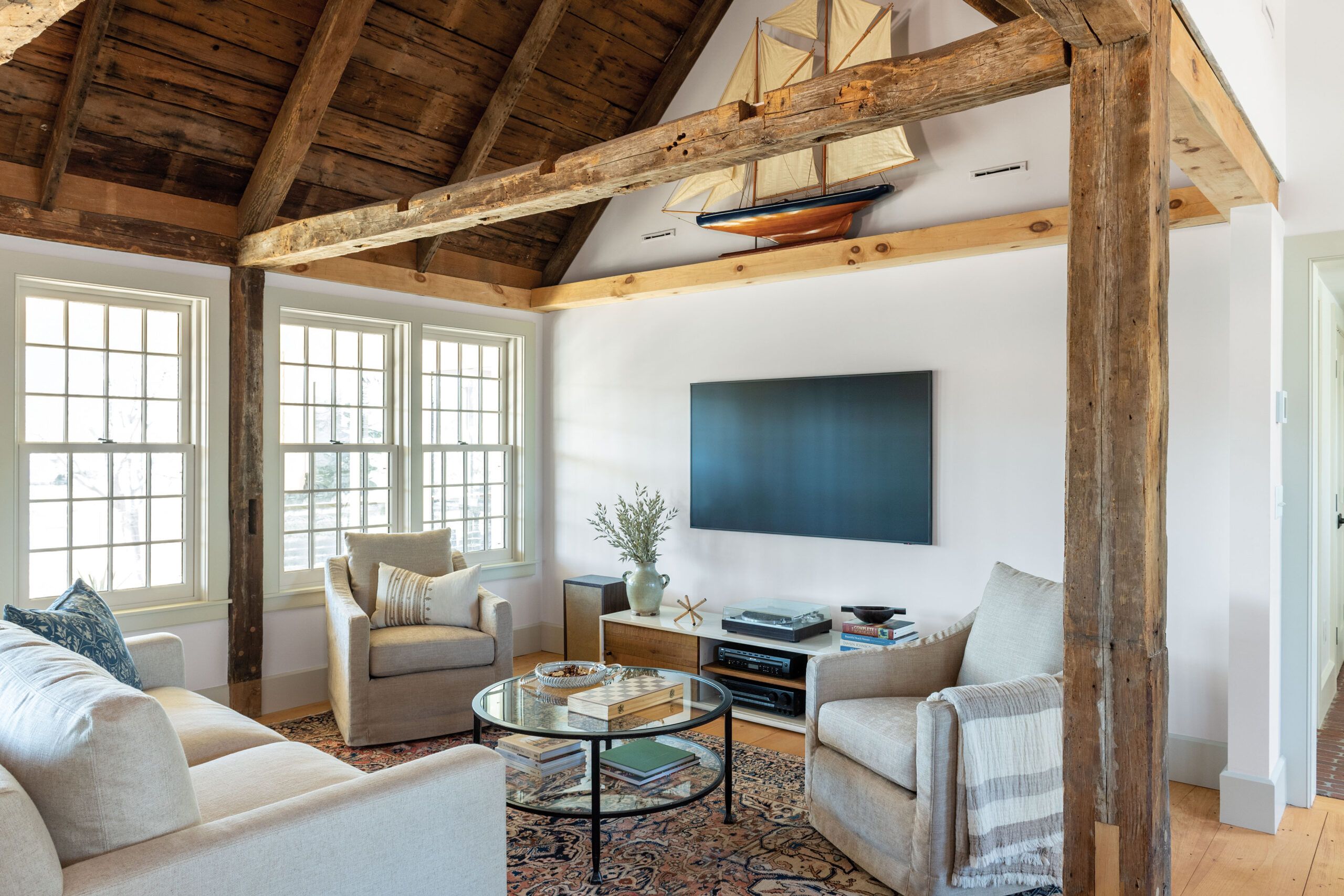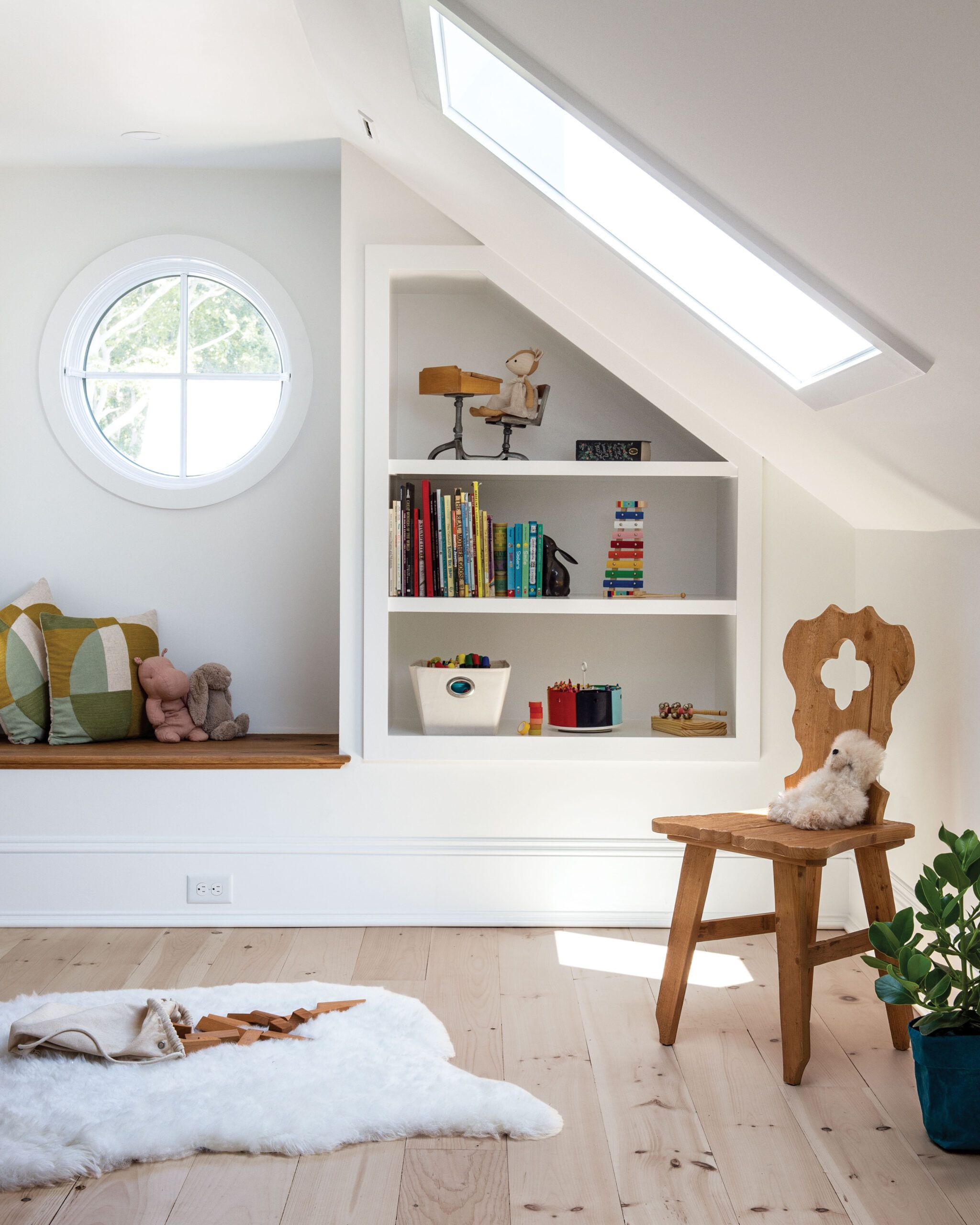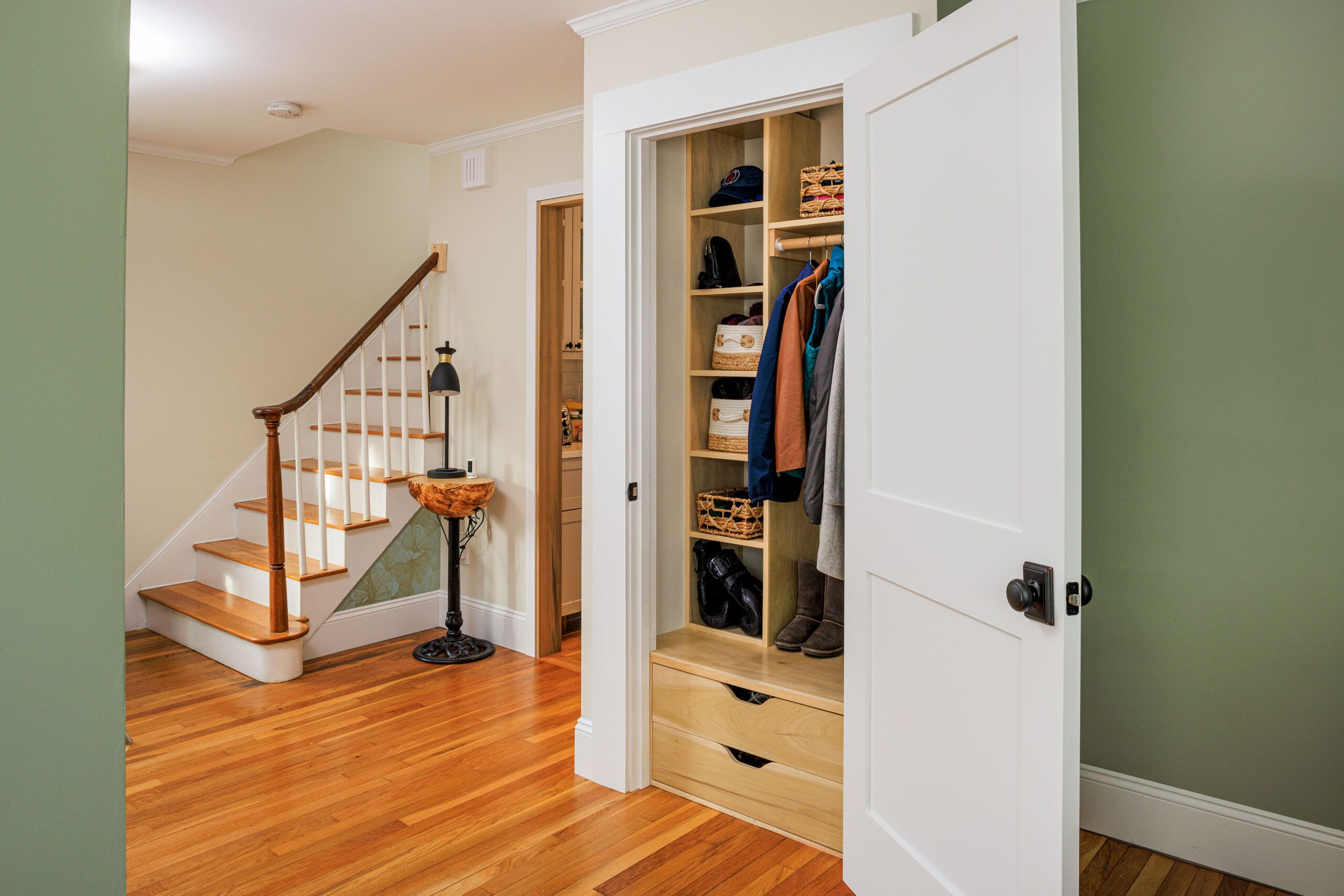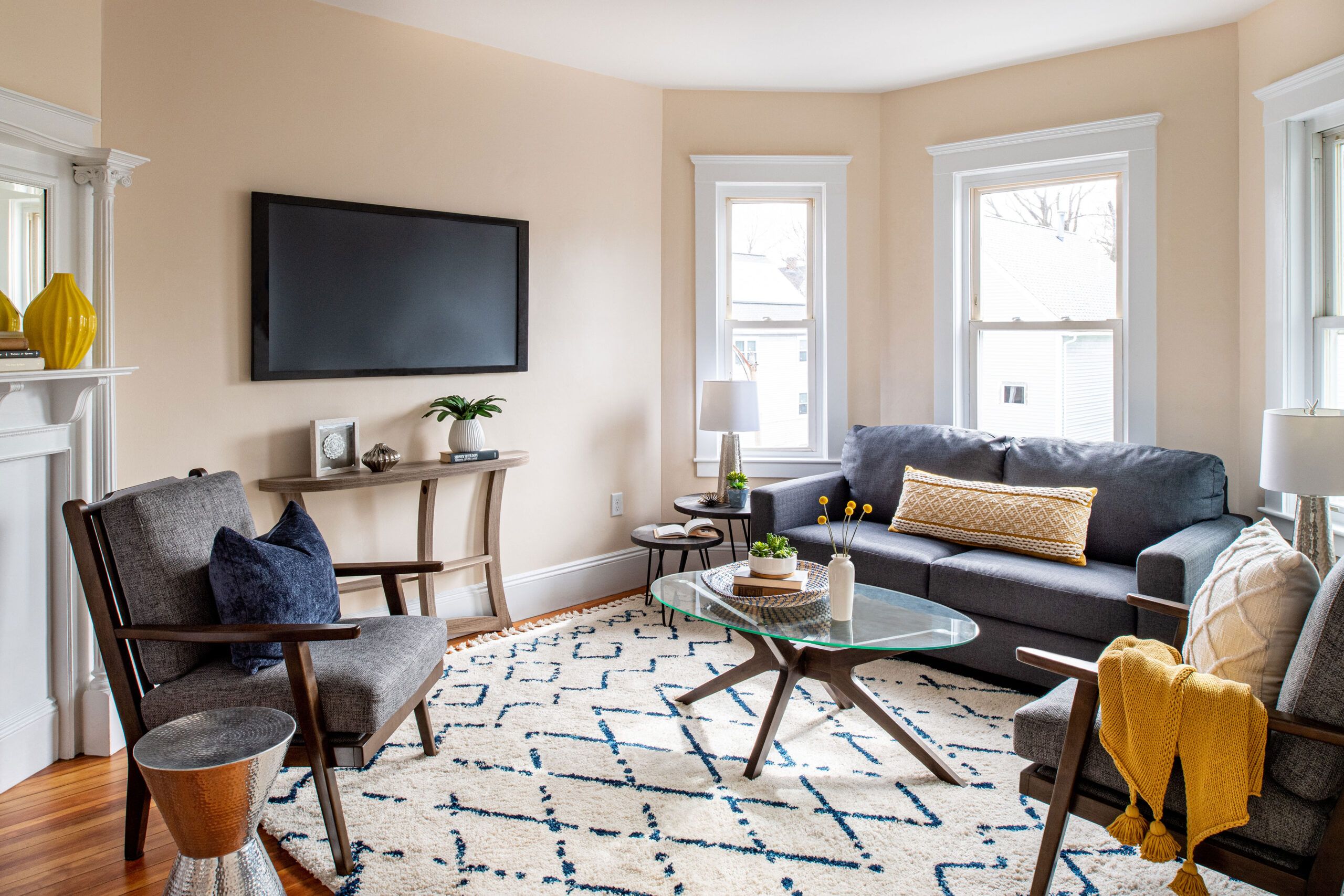Making room in your small home is much easier said than done. Many homeowners who can’t afford to move into a larger home may add an extension to their existing home or convert room. However, when there isn’t enough money to invest in such upgrades, how can you get more out of small spaces in your home when there isn’t much to spare? Here’s how to do more with less without taking a toll on your limited budget.
Declutter and Organize
Your first course of action should always be decluttering around your house. Sometimes the reason your home feels cramped may not have anything to do with the square footage but rather the accumulation of belongings you no longer need. Eliminating excess stuff will give you a more realistic interpretation of how much space you must work with.
If you haven’t used something for three to six months and it’s not a seasonal item, it may be time to discard it. Take a hard look at anything you have multiples of and decide how much you really need. For things like towels, sheets, and clothes, you can let go those that are starting to look worn out. But don’t feel guilted into keeping something just because it’s still in nice shape. Go through your closets, pantry, drawers, and vanities, and eliminate anything you have doubles of whether it’s an extra spatula or another black turtleneck.
Other candidates for decluttering are expired food, toiletries, medication, and anything that’s broken or has missing pieces. If you have trouble emotionally detaching from your personal items, you may want to consider hiring a professional organizer, which can cost between $50 and $150 an hour.
If you have items in good condition, you can make extra money selling them through an online marketplace or holding a yard sale. You can also donate items to a charity organization or a community group, and contact an organization to pick up furniture for free.
Aside from decluttering, it is a good idea to organize the remaining items to maximize the amount of space you have and keep everything orderly. You might want to invest in a few organizing products to help you. Matching bins, for instance, will create visual harmony while containing items you want hidden away, and you can find plenty of affordable options at discount and big-box stores.
Eliminate Oversized Furniture
Make your living room more functional by scaling down with a smaller couch and tables. For instance, instead of the sectional which can take up a two walls, you may want to consider a three-seater sofa with legs, which offers more breathing room.
Another tip is to opt for C tables instead of huge end tables. These slim tables are designed to fit around a chair or couch, plus they are lightweight so you can move them to other places in the house for different uses. Incorporating smaller furniture pieces will give a room a greater sense of airiness and will make it easier to move around.
Mount the TV

Besides the television, do you need the items on your media cabinet? In most cases, you probably don’t. After all, streaming means you no longer need to rely on a DVD player and DVDs. That frees you up to mount the TV on a the wall and clear off the media cabinet. Now you can you use it for storage of other items or just keep it sleek and minimal. You’ll need to locate the wall studs to mount the wall bracket and then hang the TV safely.
Swap Lamps for Light Fixtures
For even more space-saving possibilities, consider installing a wall sconce or hanging a pendant light instead of relying on a table lamp. A wall- or ceiling-mounted light fixture means you can clear off an end table or desk to create more room for other items on surfaces. Wall sconces can be particularly useful over nightstands in a bedroom where space is often at a premium. And bonus: The extra light will brighten up the room, making it look bigger.
Incorporate Wall Storage

Another small-space solution for your home is effectively using your vertical space. In a kitchen, that can mean installing a storage rail or hooks along the backsplash cups and kitchen utensils or a metal rack above an island to hang pots and pans. If you have an empty wall, you could also add a pegboard to hang pans and other kitchen tools. (A pegboard is also super handy for organizing tools in the garage or desk accessories in an office.)
Wall shelves are useful all around the house from bathrooms and bedrooms to the living room. Think about adding a shelf in an unexpected spot like an awkward corner or installing an over-the-door shelf that rests on the doorframe. Or you can replace nightstands in the bedroom with two floating shelves.
Building within the wall is another way to use wall space. For instance, consider installing knee-wall storage if you want to eliminate big bulky dressers. Or you can add built-in bookshelves to create a wall for storage.
Rethink the Bed
When you’re low on space in a bedroom, you’ve got a few options. One way to create more space, particularly in a kids’ room, is to eliminate two twin beds and incorporate a bunk bed to make use of the vertical space. Even if there’s only one bed, you can maximize floor square footage with a loft bed and have a desk or play area underneath.
Another option is to get a bed with drawers or cubbies beneath it. Or a more economical choice would be to add under-bed storage containers for stowing out-of-season clothes and accessories.
One way to avoid having a bed take up an enormous amount of space in a guest room (or a guest room-slash-office) is with a sofa bed or futon.
If you’re really short on space, you may have to get more creative by building a Murphy bed. These beds allow you to hide the bed in a specially designed closet when not in use, so you have plenty of floor space.
Opt for Smarter Furniture
Double-duty furniture can help you store things away and give your home the illusion of more space. One great example are storage ottomans which allow you to stow blankets, extra pillows or kids’ toys. A coffee table with a built-in shelf or a hidden compartment is another smart way to squeeze in extra storage. You can even find a full-length mirror with jewelry storage compartments behind it.
Convertible furniture is another way to go. A dining table with a drop leaf will extend when you’re entertaining, but then the extension can drop down out of the way for every day.
Make the Most of Closet Storage

A small home may not have large, spacious closets like larger houses typically do. However, there are ways to organize a closet effectively. Getting your closet in order will not only improve its aesthetics but can also make preparing for outings much easier by making everything easy to find. If springing for a professionally installed closet organization system is out of the budget, consider DIY’ing closet built-ins. You can also hack the closet by adding shoe shelves, an over-the-door organizer, and cubbies. Don’t forget organizers to keep accessories neat like a hanging scarf sorter, a wall-mounted belt rack, shelf dividers for keeping handbags upright.
Besides organizing a clothes closet, it is also a good idea to organize all the closets in your home, like the kitchen pantry. If you don’t have enough shelving, you can install customized built-ins and other items to help organize your pantry, such as stackable can racks, wall-mounted baskets, lazy Susan, and shelf risers.

